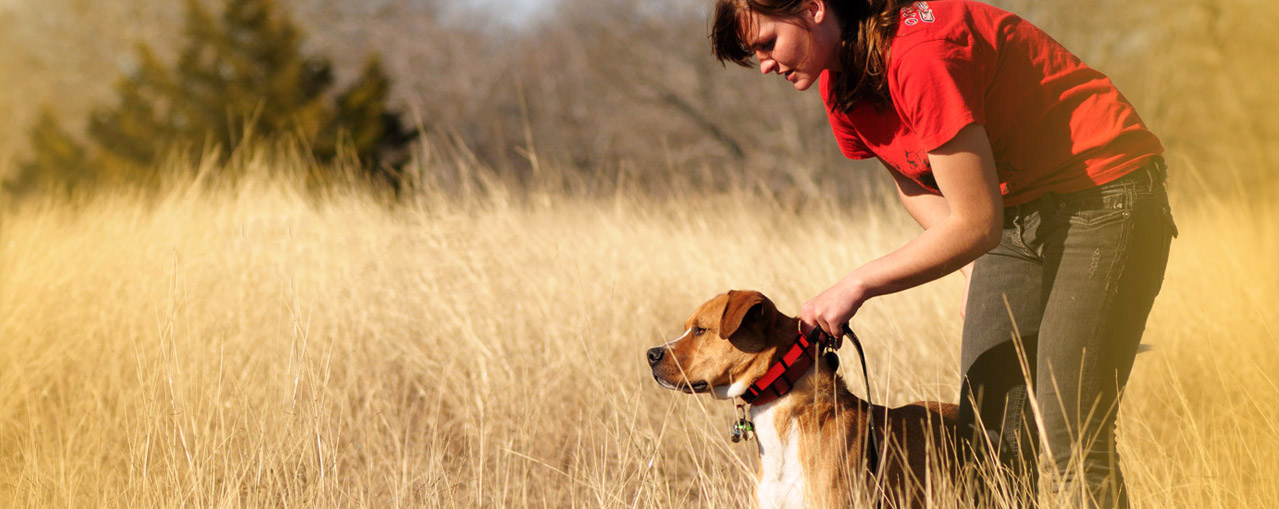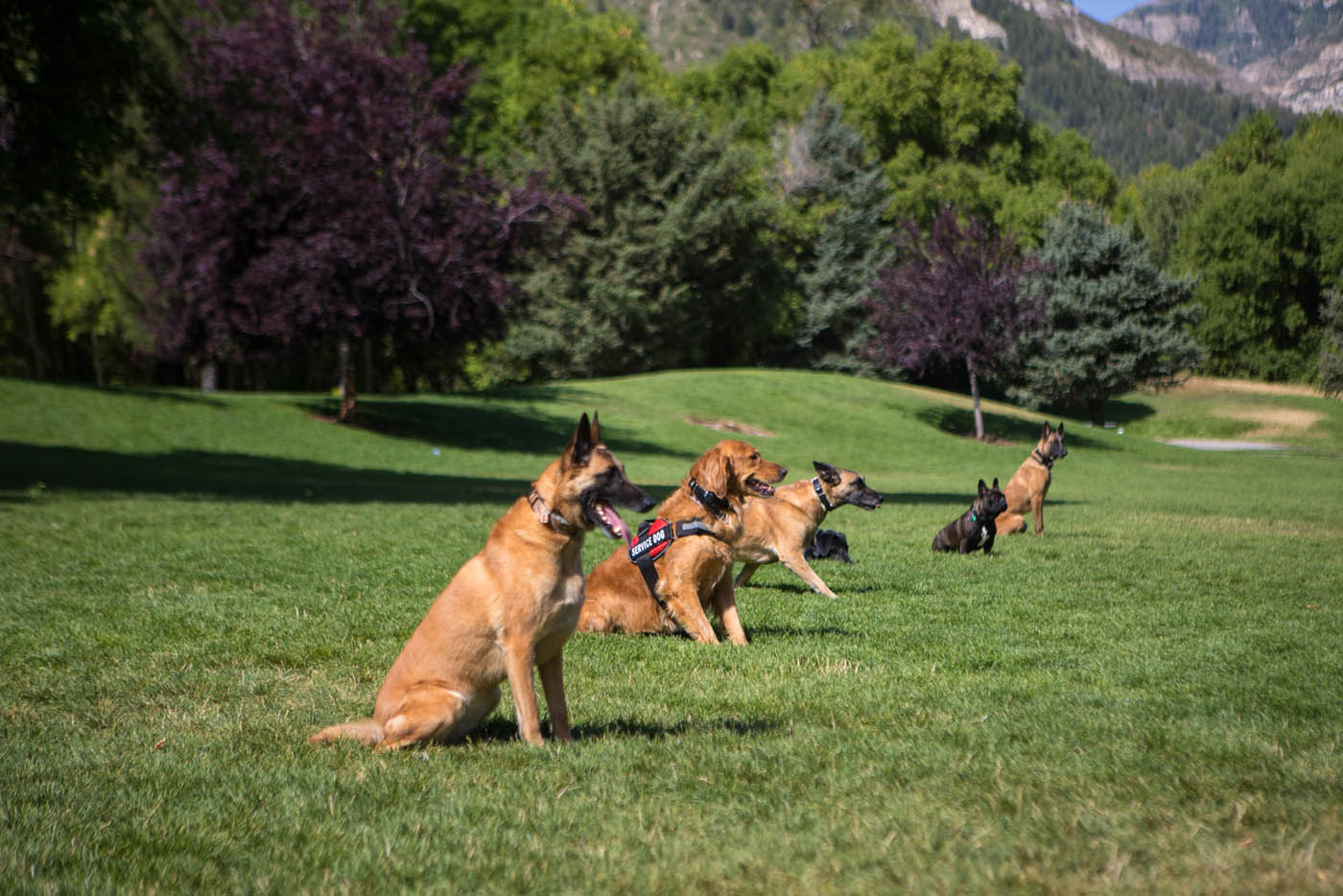Overcoming Challenges in Dog Training: Expert Advice for All Pet Owners
Overcoming Challenges in Dog Training: Expert Advice for All Pet Owners
Blog Article
Leading Canine Educating Techniques Every Proprietor Should Know

Positive Reinforcement Methods
Using positive support strategies is crucial for reliable pet training, as it promotes a trusting bond between the trainer and the pet dog. This approach concentrates on rewarding preferable actions instead of punishing undesirable ones, producing an atmosphere favorable to learning. Incentives can include deals with, praise, or playtime, which inspire canines to duplicate the habits that make them these rewards.

Moreover, this strategy enhances the pet dog's enthusiasm for training sessions. When pet dogs connect training with favorable experiences, they are more engaged and receptive. Past prompt therapy, favorable support encourages a collaborative partnership in between the pet and trainer, lowering stress and anxiety and worry
To optimize performance, it is important to provide incentives without delay, ensuring the dog connects the habits with the support. Essentially, favorable support strategies not just generate better-trained pet dogs however likewise promote a harmonious partnership between canine and owner.
Remote Control Training Method
The remote control training technique is a very reliable strategy that constructs upon the principles of favorable support by including an unique noise to mark desired habits. This technique uses a little handheld device that produces a clicking audio, allowing instructors to communicate with their dogs in a instant and clear way. When a dog carries out a behavior that the owner wishes to encourage, the remote control is turned on, followed by a reward, usually in the type of treats or praise.
The trick to effective clicker training exists in consistency and timing. It is important to click at the specific moment the desired actions takes place, making certain that the pet dog connects the noise with the action and the succeeding benefit. This technique not only enhances communication yet likewise fosters a more powerful bond in between the dog and the proprietor, as it encourages engagement and interaction during training sessions.
Remote control training can be applied to a variety of habits and commands, from standard obedience to a lot more complex methods. Its flexibility and effectiveness make it a preferred method among expert fitness instructors and pet dog owners alike, paving the means for a responsive and trained canine companion.
Leash Training Basics
Reliable chain training is vital for making certain a enjoyable and safe walking experience for both pet dogs and their proprietors. A flat collar may work for some dogs, while others might benefit from a harness that reduces drawing.
Introduce your canine to the chain progressively, enabling them to discover it in a comfy environment. Practice loose-leash strolling once they are accustomed. This involves satisfying your pet for strolling close to you instead than pulling ahead. Use treats and praise to reinforce desired behavior, and make sure to stay assertive and calm.
If your dog begins to pull, stop walking immediately. Wait until they go back to your side prior to returning to. This instructs them that pulling does not result in advance. Additionally, practice various walking environments to help your pet adjust to diversions.
Routine practice will certainly strengthen your canine's understanding of leash rules. Keep in mind that chain training is a continuous procedure; perseverance and consistency will generate the most effective results, fostering a positive experience for both you and your canine friend.
Socializing Methods
Socialization is a vital element of pet training that should ideally start during puppyhood yet can be beneficial at any kind of age. Efficient socializing aids dogs develop confidence and reduces the official site possibility of behavioral issues. To apply successful socializing approaches, subject your pet to a range of settings, people, and various other animals.
Beginning with controlled setups, such as pup classes or arranged playgroups, where young dogs can communicate safely. Slowly present your dog to new experiences, consisting of different noises, surface areas, and activities. Make certain these encounters are positive and rewarding to establish a feeling of safety and security.
For grown-up dogs or those lacking exposure, start with low-stress scenarios. Short, positive visit interactions with pleasant humans and calm canines can develop positive associations. Use treats and appreciation to enhance preferable actions throughout these experiences.

Uniformity and Perseverance
Acknowledging the importance of uniformity and perseverance in pet training is vital for achieving enduring outcomes. Inconsistent training can lead to complication, making it hard for the pet to grasp actions or commands, inevitably preventing progression.
Moreover, have a peek here persistence is a critical element of reliable training. Dogs, like people, discover at their very own rate. Some may comprehend principles quickly, while others may take much longer. It is essential for owners to continue to be helpful and tranquil, enhancing favorable behavior without turning to frustration or punishment. This fosters a trusting connection in between the canine and owner, encouraging a much more enthusiastic and prepared learner.
To grow uniformity and perseverance, develop a routine training routine, use the same commands, and ensure that all member of the family use the very same training principles - Dog training. By doing so, you produce a stable atmosphere for learning, permitting your pet to create and thrive right into a well-behaved friend
Final Thought
Finally, effective pet dog training methods, such as favorable reinforcement, remote control training, and correct leash training, are important for promoting a healthy and balanced owner-dog partnership. Additionally, executing socializing methods and keeping consistency and persistence throughout the training process contributes considerably to a pet's total health. By incorporating these techniques, pet owners can facilitate the growth of well-adjusted, loyal family pets, eventually enhancing the lifestyle for both the proprietor and the pet.
Amongst the most famous techniques are positive support, remote control training, and chain training, each offering one-of-a-kind advantages that add to a mannerly pet. As we discover these essential methods, it becomes evident that mastering their subtleties can substantially impact the training experience and the pet dog's total habits.Using positive support methods is necessary for efficient dog training, as it fosters a relying on bond between the dog and the instructor.In conclusion, efficient dog training techniques, such as positive support, clicker training, and appropriate leash training, are necessary for fostering a healthy owner-dog connection. By incorporating these approaches, canine owners can assist in the growth of well-adjusted, obedient pets, eventually boosting the quality of life for both the canine and the owner.
Report this page